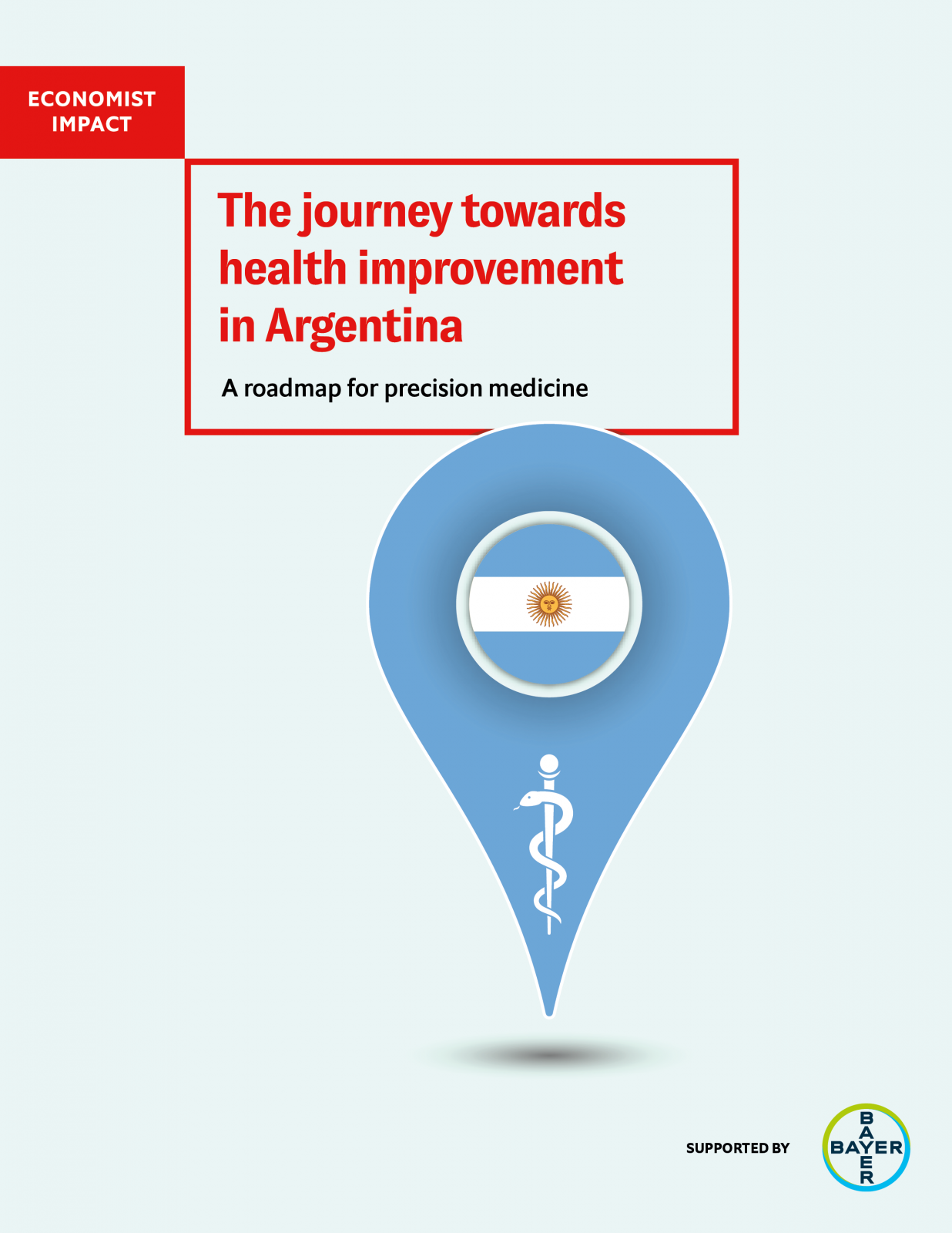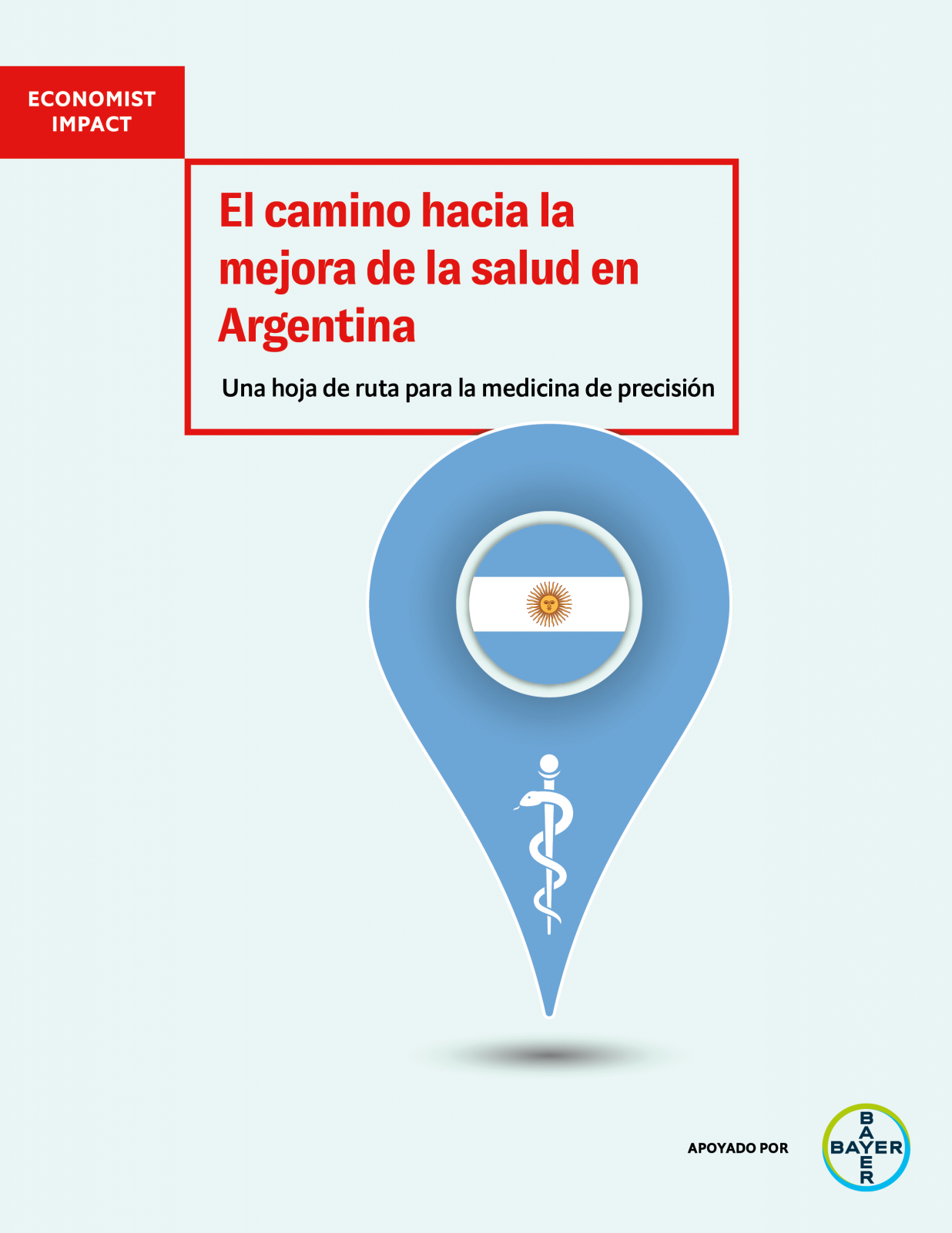Precision medicine can contribute to many areas of medicine, and is frequently used in oncology, neurology, pneumology and rheumatology. In precision medicine, patient care is tailored to the individual’s genes, environment and lifestyle. This method can identify the most effective treatment for each person. Precision medicine can increase the value of care for patients and payers since identifying and using the most effective treatment for each case can reduce healthcare expenditures. Through genome-guided care, prevention and treatment can also be more effective, ensuring a better and earlier chance of treatment success. As a result, life expectancy and quality of life for patients may increase.
The landscape of precision medicine in Argentina is still in its early stages. Increasing access would benefit patients with both rare and common diseases and improve the sustainability of the healthcare system. As the resources that were committed to fighting the covid-19 pandemic become available for other healthcare priorities, there is an opportunity for a wider and more equitable implementation of precision medicine in the country.
To realise these benefits and strengthen the implementation of precision medicine in Argentina, the country must address significant barriers to access, including insufficient education, collaboration and policy prioritisation. The first obstacle affects every stakeholder in the healthcare system and can be tackled with awareness-raising activities, training and communication. The second obstacle relates to the country’s highly fragmented healthcare system. In this environment, difficulties in sharing information hinder stakeholders from working in an integrated manner, resulting in a negative impact on the system’s efficiency. The third obstacle concerns the lack of continuity in strategic planning in health policymaking. This difficulty is aggravated by the first two, making it imperative to develop resilience mechanisms for evidence-based health policies.
Argentina has ongoing initiatives to foster precision medicine at the provincial and national levels. Such initiatives include generating a genomics biobank, sequencing and analysing exons of patients with rare diseases, developing a panel of precision genomic oncology, and others. Each effort outlined in this report attempts to address at least one of the obstacles. Taken together, these initiatives show how different stakeholders may contribute to improving health in Argentina.
To foster wide and equitable access to precision medicine, we propose a roadmap with short-, medium- and long-term milestones. In the short term, education plans should be put in place, along with the development of registry tools and investment in bioinformatics capacity. In the medium term, it is important to regulate the use of data, develop sustainable financing mechanisms and implement a pilot study of a national policy. In the long term, Argentina should aim to generate a national database, a generalised understanding of precision medicine and a national strategy that is tailored to regional specificities.


The journey towards health improvement in Argentina: A roadmap for precision medicine
Download ArticleHealth
The journey towards health improvement in Argentina: A roadmap for precision medicine

Maryanne is a consultant in the health team at Economist Impact. Maryanne has a degree in Business Administration from Escola de Administração de São Paulo (FGV), and gained her Master's degree from Escola Superior de Propaganda e Marketing. She is concluding her MBA degree on Health Management and Innovation from Faculdade de Educação em Ciências da Saúde (Hospital Alemão Oswaldo Cruz). She recently concluded a course on Health Economics and Policy from the London School of Economics and Political Science. Maryanne has experience in market research and management in the healthcare sector. She has conducted and led several projects for multinationals, providers, manufacturers and government organizations.
17969
Related content

Value-based healthcare in Sweden: Reaching the next level
The need to get better value from healthcare investment has never been more important as ageing populations and increasing numbers of people with multiple chronic conditions force governments to make limited financial resources go further.
These pressures, along with a greater focus on patient-centred care, have raised the profile of VBHC, especially in European healthcare systems. Sweden, with its highly comprehensive and egalitarian healthcare system, has been a leader in implementing VBHC from the beginning, a fact that was underscored in a 2016 global assessment of VBHC published by The Economist Intelligence Unit.
This paper looks at the ways in which Sweden has implemented VBHC, the areas in which it has faced obstacles and the lessons that it can teach other countries and health systems looking to improve the value of their own healthcare investments.

Breast cancer patients and survivors in the Asia-Pacific workforce
With more older women also working, how will the rising trend of breast cancer survivorship manifest in workplace policies, practices and culture? What challenges do breast cancer survivors face when trying to reintegrate into the workforce, or to continue working during treatment? How can governments, companies and society at large play a constructive role?
This series of reports looks at the situation for breast cancer survivors in Australia, New Zealand and South Korea. It finds that while progress has been made, more needs to be done, particularly in South Korea, where public stigma around cancer remains high.
The Cost of Silence
Cardiovascular diseases levy a substantial financial toll on individuals, their households and the public finances. These include the costs of hospital treatment, long-term disease management and recurring incidence of heart attacks and stroke. They also include the costs of functional impairment and knock-on costs as families may lose breadwinners or have to withdraw other family members from the workforce to care for a CVD patient. Governments also lose tax revenue due to early retirement and mortality, and can be forced to reallocate public finances from other budgets to maintain an accessible healthcare system in the face of rising costs.
As such, there is a need for more awareness of the ways in which people should actively work to reduce their CVD risk. There is also a need for more primary and secondary preventative support from health agencies, policymakers and nongovernmental groups.
To inform the decisions and strategies of these stakeholders, The Economist Intelligence Unit and EIU Healthcare, its healthcare subsidiary, have conducted a study of the prevalence and costs of the top four modifiable risk factors that contribute to CVDs across the Asian markets of China, Australia, Hong Kong, Japan, Singapore, South Korea, Taiwan and Thailand.
Download the report to learn more.

